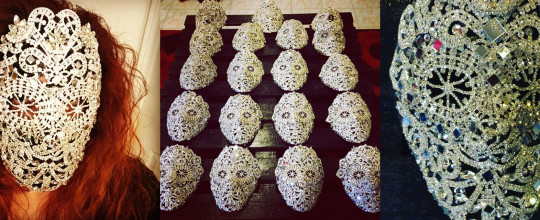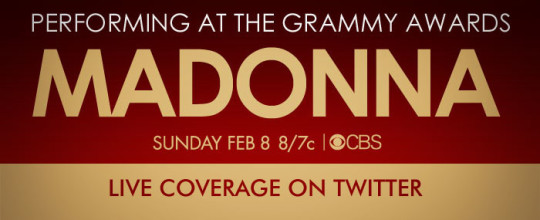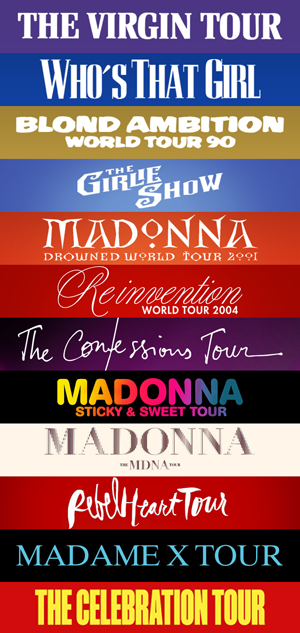Get Back Up and Dance: The New York Times Interview
As previously reported here on MadonnaTribe, the promotion for Rebel Heart has now moved back to the Western side of the Atlantic and Madonna has been meeting the press again in New York City for another round of fresh interviews.
The New York Times‘s Jon Pareles sat down with Madonna in her Upper East Side pad on Wednesday evening for a lenghty chat published on today’s edition of the New York edition of the newspaper with the headline: Get Back Up and Dance, and on their online website.
In the interview, Madonna talks again about the album leak:
I intended to think about things, choose things more slowly — the whole process. Then I got forced into putting everything out, and now I’m trying to catch up with myself. What started out as an invigorating, life-enhancing, joyous experience evolved into something quite crazy. A strange artistic process, but a sign of the time. We’re all digital, we’re all vulnerable and everything’s instant — so instant. Instant success and instant failure. Instant discovery, instant destruction, instant construction. It’s as splendid and wonderful as it is devastating. Honestly, to me it’s the death of being an artist in many ways.
On another interesting part of the article, Pareles reports that for the interview Madonna had raced home from a wardrobe fitting for coming performances, explaining that she was wearing “half a costume”. She was dressed in black, with stylishly chunky shoes, diamond-patterned tights, black shorts, a button-fronted T-shirt and a half-length jacket with black feathers sprouting from the shoulders. Her fingernails were black and glittery, and she had little silvery crucifix earrings; a skull-shaped ring was on one finger.

Madonna by Mert and Marcus
Talking about the Brit Awards, Madonna told the New York Times:
I didn’t feel anything when it happened. I just remember falling backward, and I hit the back of my head. But I had so much adrenaline pumping, and I was so taken by surprise that I just was, O.K., I have to keep going. So I just got back onstage, and I just kept going.
If I wasn’t in good shape, I wouldn’t have survived that fall. But I’m strong. I know how to fall – I ride horses. And I have core strength, and I know that saved me. That and my guardian angels. I believe that there’s the physical world and the metaphysical world, and I do believe that they are intertwined – as above, so below. So I think both were at work in the protection of me.
About the Rebel/Heart duality:
One aspect was going to be a representation of the more rebellious, provocateur side of me. And the other side was going to be the more romantic, vulnerable side.
About Veni, Vidi, Vici:
I don’t like to dwell in the past, but it seemed like the right time to do so. After three decades one has to look back. Because there’s a lot of times I just stop and think, ‘Wow.’ I’m thinking about all the people that I’ve known, that I’ve worked with, that I’ve been friends with, that I’ve collaborated with, from Basquiat to Michael Jackson to Tupac Shakur. I survived and they didn’t. And it’s bittersweet for me to think about that. It just seemed like a time where I wanted to stop and look back. It’s kind of like survivor guilt. How did I make it and they didn’t?
On Joan of Arc:
I’ve always admired the story of Joan of Arc and what she symbolizes, her conviction. I’m not quite there yet. Everyone does think of me as impenetrable and/or superhuman, and maybe that’s the way it goes if you’ve lasted for more than three decades. But of course that’s not the truth, and I guess I was trying to express that.
The album had been in the making for a year and a half, the New York Time also reports. When she started it, Madonna had simply wanted to take some time to write. She explains:
In this business I’m in, you can start to feel like a gerbil on a wheel. People expect things from you. And I expect things from me. Since I was a teenager, I’ve never not been in some creative state, like in the act of making up dances, or writing songs, or whatever. I felt really drained.
She decided to split her time between the Impossible Lives screenplay and songwriting. Her manager, Guy Oseary, suggested that she work with Avicii and his songwriting team. While Madonna has made her best albums collaborating primarily with one producer at a time, the Avicii connection led into multiple collaborators working and reworking songs for maximum sizzle: Kanye West, Diplo, Ariel Rechtshaid, Toby Gad, DJ Dahi and more. Madonna explains:
I didn’t know exactly what I signed on for, so a simple process became a very complex process. Everyone I worked with is tremendously talented, there’s no question about it. It’s just that everybody I worked with has also agreed to work with 5,000 other people. I just had to get in where I could fit in.
I never leave the room. Sometimes I think that makes them mad. Like, ‘Don’t you have to go to the bathroom? Don’t you have somewhere to go? Don’t you want to go make some calls?’
Madonna also told the New York Times that she has also written a song with Kanye for his next album. Songs in Rebel Heart also mutate as they go, style-hopping between verse and chorus. About Jeezy’s productionstyle she says, smiling:
That’s me, that’s where I come in. It’s an interesting marriage of both of our aesthetics.
About being undaunted by a pop market obsessed with youth:
I don’t think artists think about their age when they are creating, do they? I only think about it when other people bring it up or try to limit me by saying, ‘You are this age and so dot dot dot.’
Because I’ve been marginalized as a female in a male-dominated world, and we’re in a sexist industry or a sexist world, I’ve always had to push against something or resist against something. I don’t think I’ve ever been relaxed, if you know what I’m saying. So because I’ve never been relaxed, I’m not going, oh, it used to be so easy. For me, it’s always been hard from Day 1.
Check out the full interview on The New York Times.







